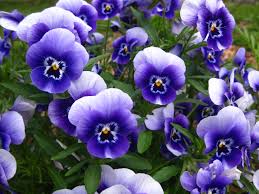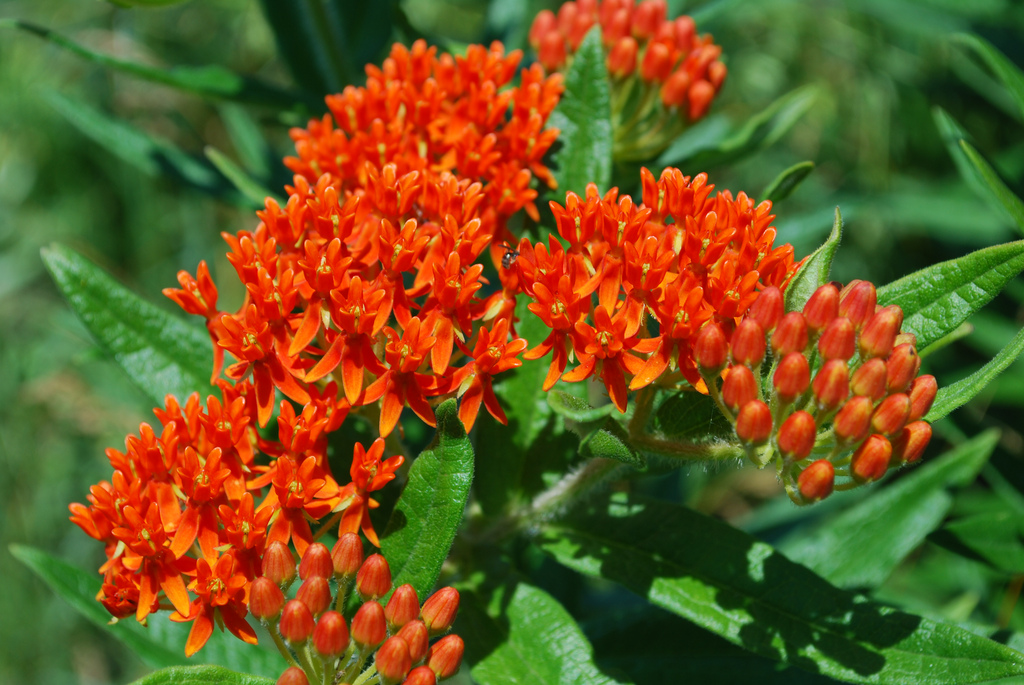Edible Flowers
 Would you like to eat your landscaping?
Would you like to eat your landscaping?
There are a variety of plants that are edible. They are not regular ingredients in salads, but you can snack on them when you are outside! They are also colorful additions to your garden, which include:
- Pansies
Pansies are an easy to grow edible flower. They prefer full to part sun, regular watering, and well drained soil. The grassy “greens” and mild flavor of the pansy makes it an easy one to use in many recipes, from garnishing cocktails, desserts, and salads. They are also high in vitamin C, tannins, carotenoids, and saponins. Pansies have been used by herbalists for their anti-inflammatory properties.
- Chive blossoms
Chives are valued in the kitchen for many recipes, but the chive flower is often overlooked. This small purple flower lends a delicate onion flower to soups, cream sauces, potato and egg dishes, and salads. They are high in vitamins A and C. It’s health as well as daintily pretty. Grow chives in full to part sun, regular water, and good soil drainage.
- Hibiscus

 Have you heard the buzz about native plants? They are the topic of many garden shows and seminars lately. Native plants are more tolerant of our seasonal conditions, and because they enjoy our climate and soils, they can grow strong, which makes it easier for them to fight off disease, organisms, and fungal pathogens.
Have you heard the buzz about native plants? They are the topic of many garden shows and seminars lately. Native plants are more tolerant of our seasonal conditions, and because they enjoy our climate and soils, they can grow strong, which makes it easier for them to fight off disease, organisms, and fungal pathogens.
Steps to planning out your landscaping
1. Planning
Before starting anything, you will need a plan. The plan should include the scope, budget, dimensions, and details of the project. A plan will help everything stay organized and calculate materials needed.
2. Ground Preparation
Some general preparations often include removing grass or existing landscaping, removing rocks or other debris, and leveling the ground. Specific preparations depends on the type of landscaping you are doing.
3. Installation
Now you are ready to install your landscaping. Features like fences, patios, walkways, and retaining walls typically go first. This will define the space and build the framework. These elements usually take the most time, money, and effort.
4. Maintenance